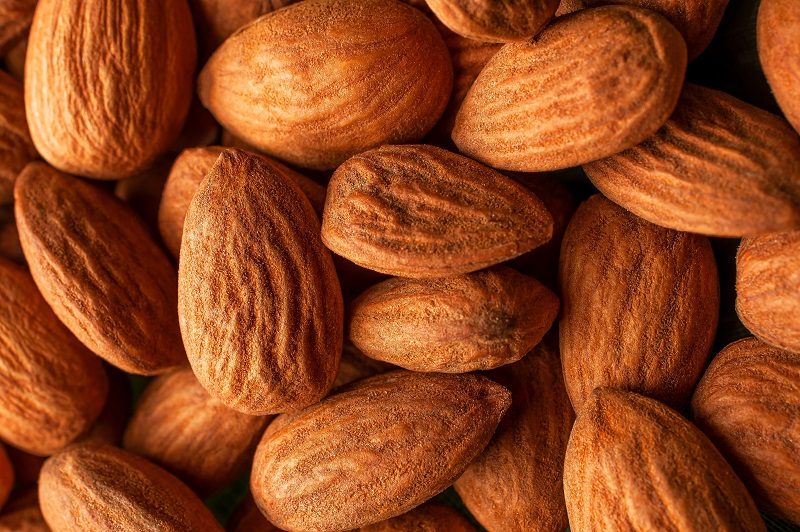Hurricane Debby Toll on Florida Ag at Least $93 Million

Excessive rainfall from Hurricane Debby in early August swamps a peanut field at the UF/IFAS North Florida Research and Education Center – Suwannee Valley in Live Oak.
Photo by Tyler Jones, UF/IFAS
For farmers in Florida’s Big Bend area, it must have felt like dèjá vu when Hurricane Debby struck in early August. Less than a year prior, Hurricane Idalia roared ashore in the same area. Idalia was a major storm that tallied up $276 million in total ag losses and damages. Combined preliminary estimates were upward of $447 million! Debby was a Category 1 storm, but it still packed a big punch. According to a just-released preliminary UF/IFAS Economic Impact Analysis Program (EIAP) report, agricultural production losses in the state due to Hurricane Debby have an estimated value between $93.7 million and $263.2 million.
The EIAP is based on producer surveys. Feedback shows Debby affected more than 2.2 million acres of agricultural lands — 68% of it used for grazing. By comparison, Hurricane Idalia impacted 3.5 million acres.
“Hurricane Debby’s path through the state largely mirrored Hurricane Idalia’s,” says Christa Court, UF/IFAS EIAP Director. “However, no two storms are alike. While Idalia brought more intense winds, Debby was a wetter storm with more agricultural lands experiencing flooding.”
Weather reports indicated parts of northern and Southwest Florida, including Suwannee, Manatee, and Sarasota counties, experienced more than 15 inches of rain between Aug. 2 and Aug. 8.
Key Stats From the Latest UF/IFAS EIAP Report on Hurricane Debby
The estimated range of production losses for the current growing or marketing season for select commodity groups include:
- Animals and animal products: $41.1 million to $98.5 million.
- Field and row crops: $19.3 million to $53.1 million.
- Greenhouse/Nursery: $15 million to $53.6 million.
Across commodity groups:
- 41.6% of the impacted agricultural land experienced low-intensity weather conditions
- 56.3% experienced moderate-intensity weather conditions
- 2.1% experienced high-intensity weather conditions
Court confirms production loss estimates are based on survey responses specific to Hurricane Debby, as well as observations from past events.
“In the early days and weeks after a hurricane event, many agricultural operations are unsure of the true extent of impacts of the event on their growing operations,” Court says. “Also, many crops within the vegetables, melons, and potatoes commodity group were out of season or not yet planted, and many growers experiencing zero or minimal impacts on their operations do not report this information.”
What’s Next?
The EIAP will continue to collect data related to Hurricane Debby through the Assessment of Losses and Damages to Florida Agriculture from Hazard/Disaster Events tool. The information supplied will be used in the program’s final report on the storm, which is expected by the end of the year.
In the meantime, the traditional peak of Atlantic hurricane season (Sept. 10) has passed without much fanfare. As of this post though, meteorologists are closely watching an area in the lower Caribbean with potential for near-future tropical development. Forecast models are indicating scenarios of a developing system early next week. Stay tuned.









